For four days, rescue teams have been combing the shoreline of the River Don in search of a woman swept away during the flash floods.
Hazel Nairn, 71, was walking her westie dog Ruaridh in the Monymusk area on Friday afternoon when tragedy struck.
As search efforts continue, The Press and Journal have spoken with a coastguard expert to learn how such an operation takes shape- and the challenges teams face on the ground.
How do coastguard teams begin their search?
Iain Mackinnon is a member of Oban Coastguard Rescue Team.
With 35 years of experience in the field, he knows what searches of this scope entail.
He says knowing the person’s last known position is crucial in pinpointing the starting location of any search.
He said: “The most accurate information possible is what the rescue services need and that determines where they go, whom they send, and how many resources they need.
“The last known position is so crucial to us, including an accurate description of where it happened.”
He added: “In this instance, as it is fresh water, the fire service and the coastguard take part in the search but the police lead the operation.
“The search obviously commences when someone reports it. The crucial thing is the last known position, the last time the person was seen. That is always your starting point. The teams all begin there.”
Mr Mackinnon added: “The search will be focused on the last known position and maybe initially a mile downstream, carrying out shoreline searches. From there, you just keep going downstream. I’ve certainly searched for days for people in rivers to try and recover them.”
Search reliant on drones and other support
Police divers, firefighters and coastguard teams have descended on the Aberdeenshire village in recent days as the search for the missing 71-year-old grandmother continues
Mr Mackinnon says at this stage, teams are reliant on drones and a helicopter to help aid efforts on the ground; as well as boats to maximise deep cover and the intensity of the search.
“They will be repeating everything they have done up to this point,” he added.
“Teams will still be entering the water. Coastguard and the fire service are equipped with dry suits and other water rescue kit.
“You search a part of the river, either in the river if you can – if it is safe to do so – or along the banks, but you keep going back. Conditions change and the river level changes.
“If the conditions are feasible, in that it’s not a raging torrent in the river, they will be in with the long wading poles and prodding and poking all the nooks and crannies to see if the person is there.
“In my experience, people are found very close to their last known position.
“A helicopter is also a very useful device or a drone. With a little bit of height, it is amazing what you can see just subsurface so all these techniques are used.”
‘Driven by the need to find them’
He said that reflecting back on previous incidents can also prove helpful with an ongoing search.
Mr Mackinnon says at the heart of it, coastguard teams are driven by the hope of a rescue or providing closure for families in need.
Mr Mackinnon, who founded Lochwatch Loch Awe after a tragic incident on the stretch of water south of Oban, said: “We do act on hunches, base it on previous incidents maybe in the very same area. If someone has turned up here or there, we include all these places in our search plan.
“You want to get the person obviously, you want to get them safe and well but if you cannot, you want to recover them for the sake of their families and that is because people have told me it brings closure.
“That’s what drives us, the wish to help them and try and get them safe and well and to medical attention, that is our primary drive.”
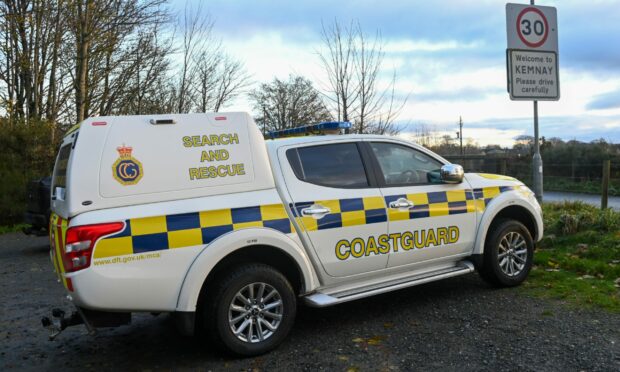
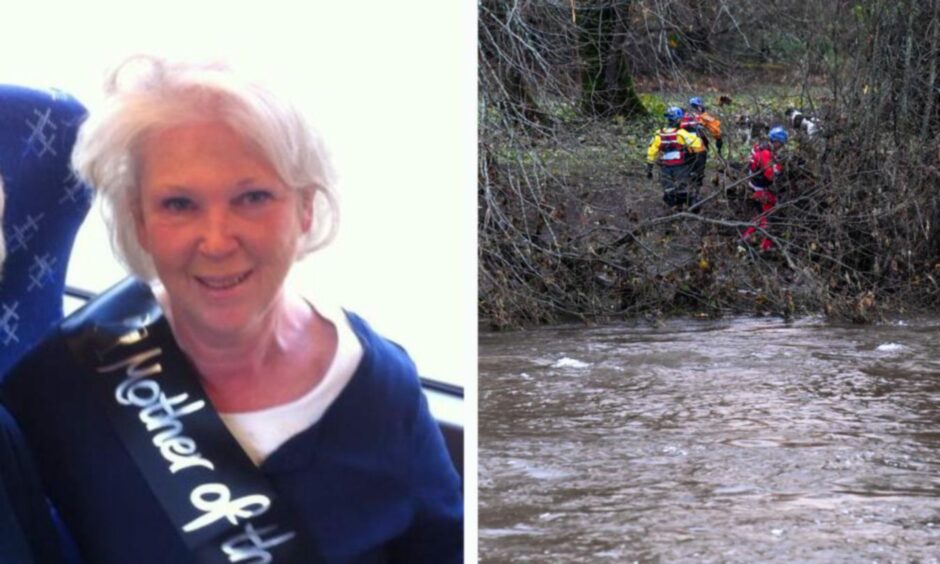
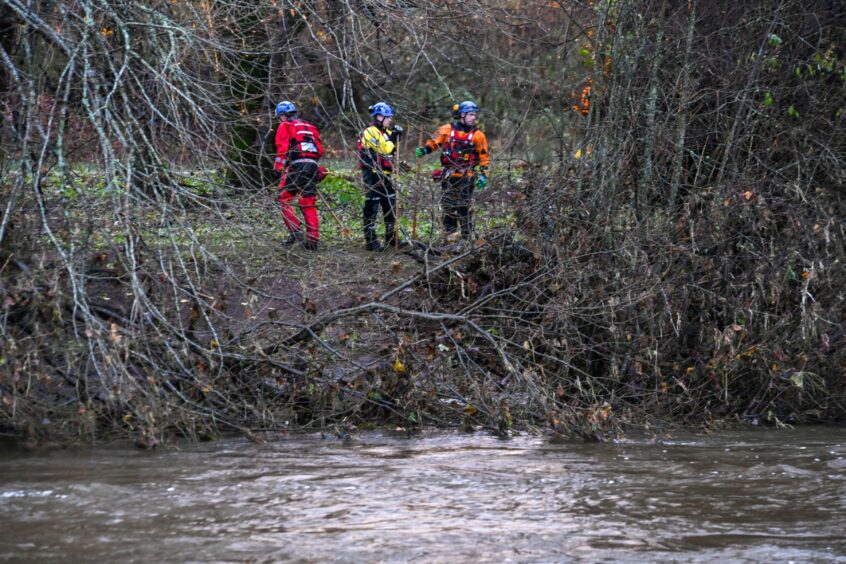
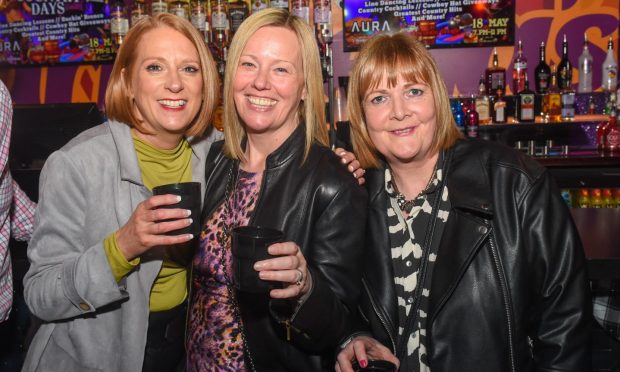

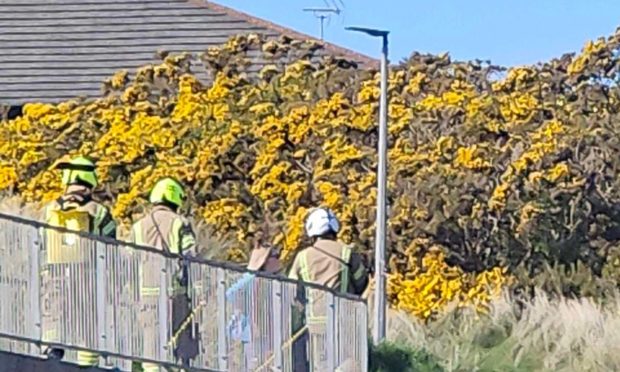
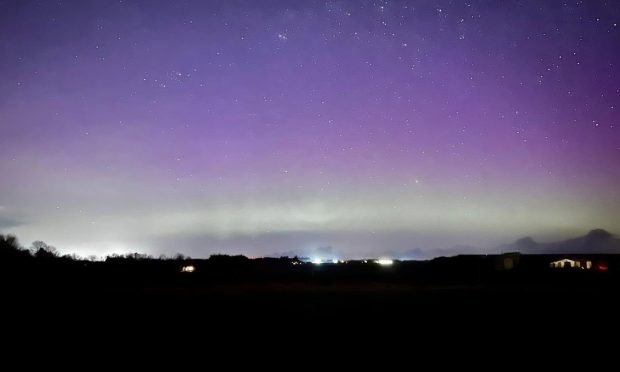

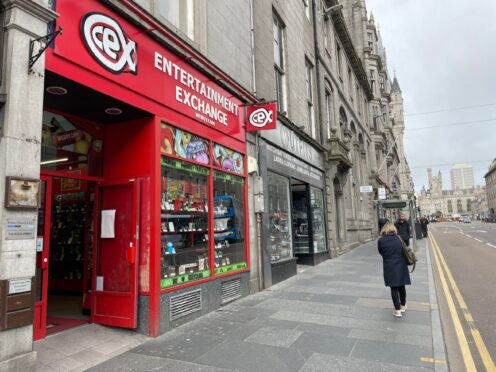

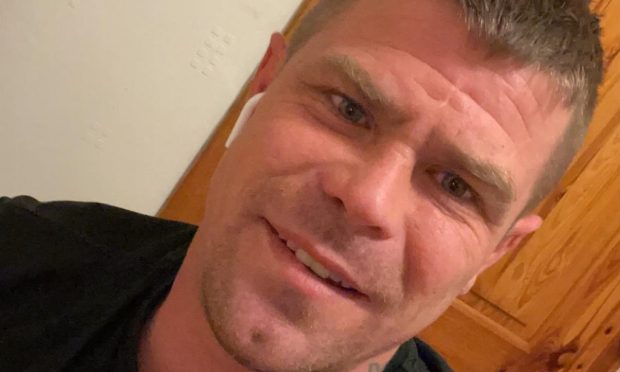
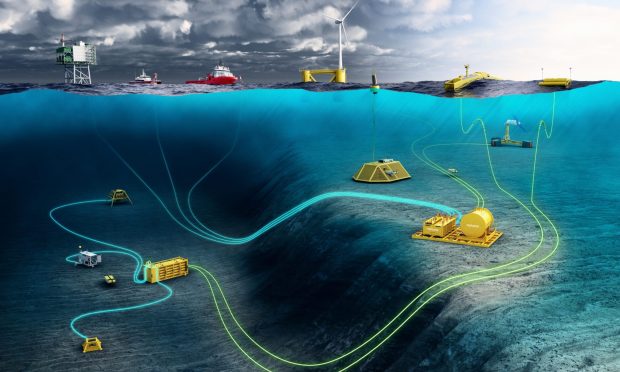

Conversation